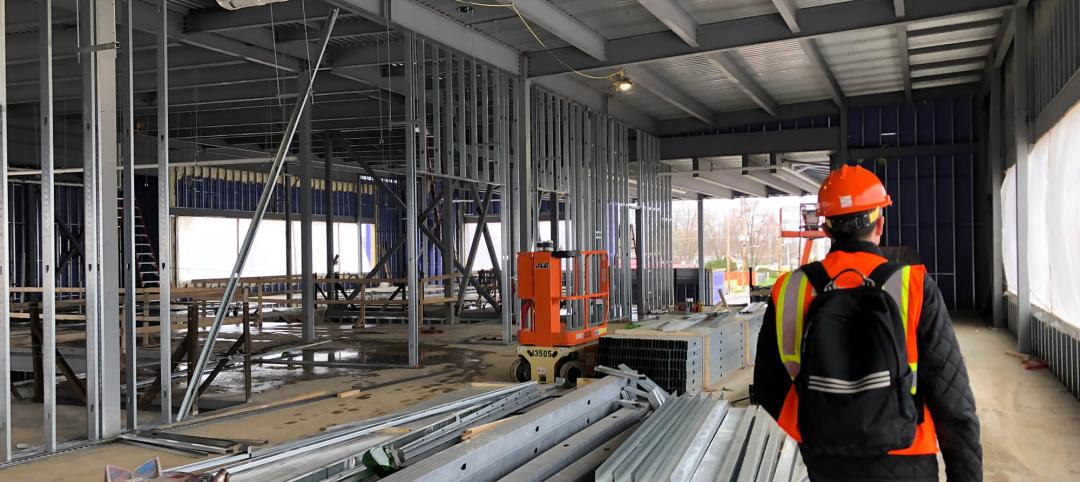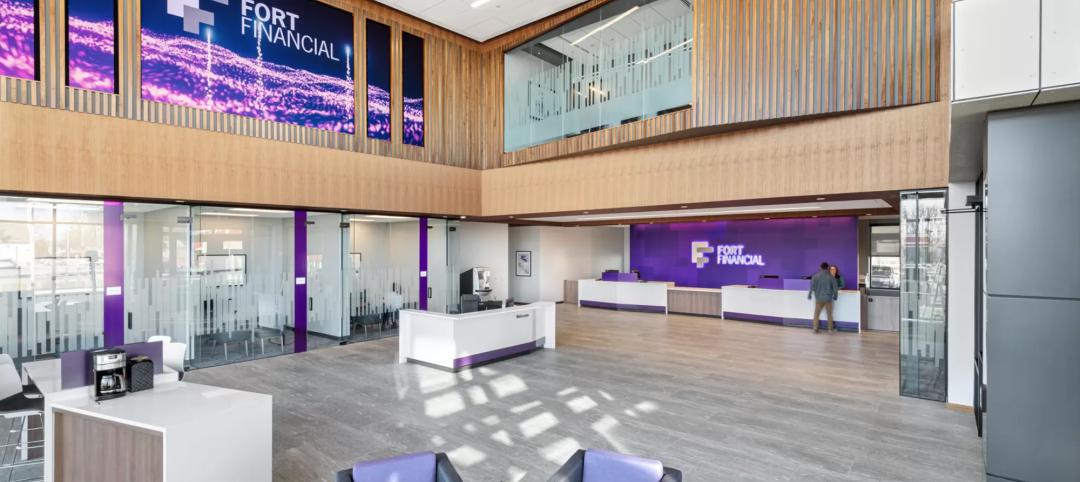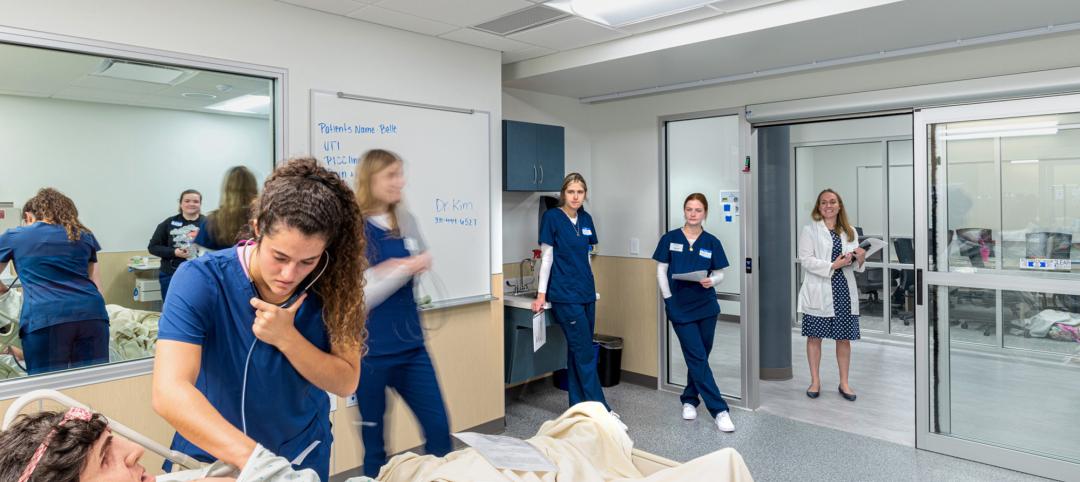Agile planning is a popular workspace model that provides a flexible and adaptable layout design, while giving employees complete choice over their work setting. This planning model also easily accommodates changes in function or space usage over time.
In a previous post, we broke down the “Five Primary Models for Maximum Efficiency and Productivity.” As more and more businesses look to maximum their square footage, let’s take a deeper dive into one of the more popular models: Agile planning—also known as immersive planning.
Benefits of an Agile Plan
Agile planning is often applied in workspaces where the needs of occupants may evolve or where multifunctionality is desired. This model also lets occupants choose the work setting that is most appropriate for their workload that day.
- Supports both in-person and hybrid work models
- Allows employees to choose the work setting that best supports the tasks at hand
- Gives 100% ownership of where you work, how you work
- Reduces square footage by eliminating the number of dedicated workspaces
- Provides accessible and intuitive technology throughout the office
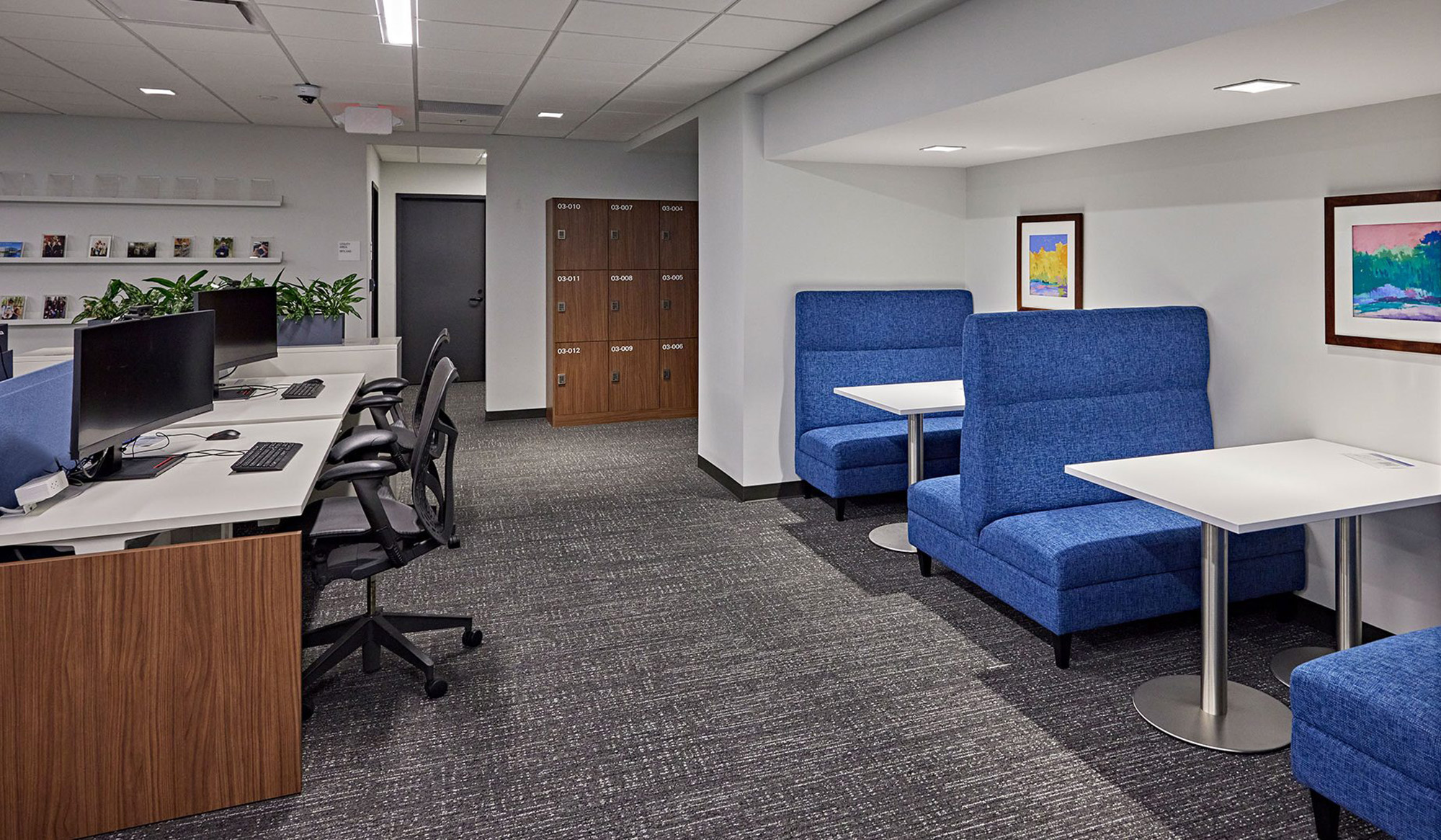
3 Zones of an Agile Office
Agile designs provide spaces for community, group, and individual work.
- Community spaces focus on social gathering and provide shared amenities. They can enrich the culture and provide spaces for employees to recharge throughout the workday
- Group zones encourage collaboration and knowledge sharing. These areas can be set up with diverse seating types in open or enclosed spaces and help bridge the gap between in-person and remote staff
- Individual areas allow employees to focus and keep their heads down in a respected quiet zone while they work. Unassigned workstations provide privacy as needed, where needed, while shared private offices and privacy pods offer flexible solutions to changing employee needs
Successful Implementation
A global insurance organization adopted a “work how you want, where you want” policy with a desire to reduce its footprint and create a space that supports a hybrid work model. By selecting an agile plan, the company was able to provide variety and choice of work settings while utilizing an unassigned neighborhood concept.
Furthermore, the company was able to decrease its square footage needs by more than half while increasing the employee capacity served through in-office and remote environments.
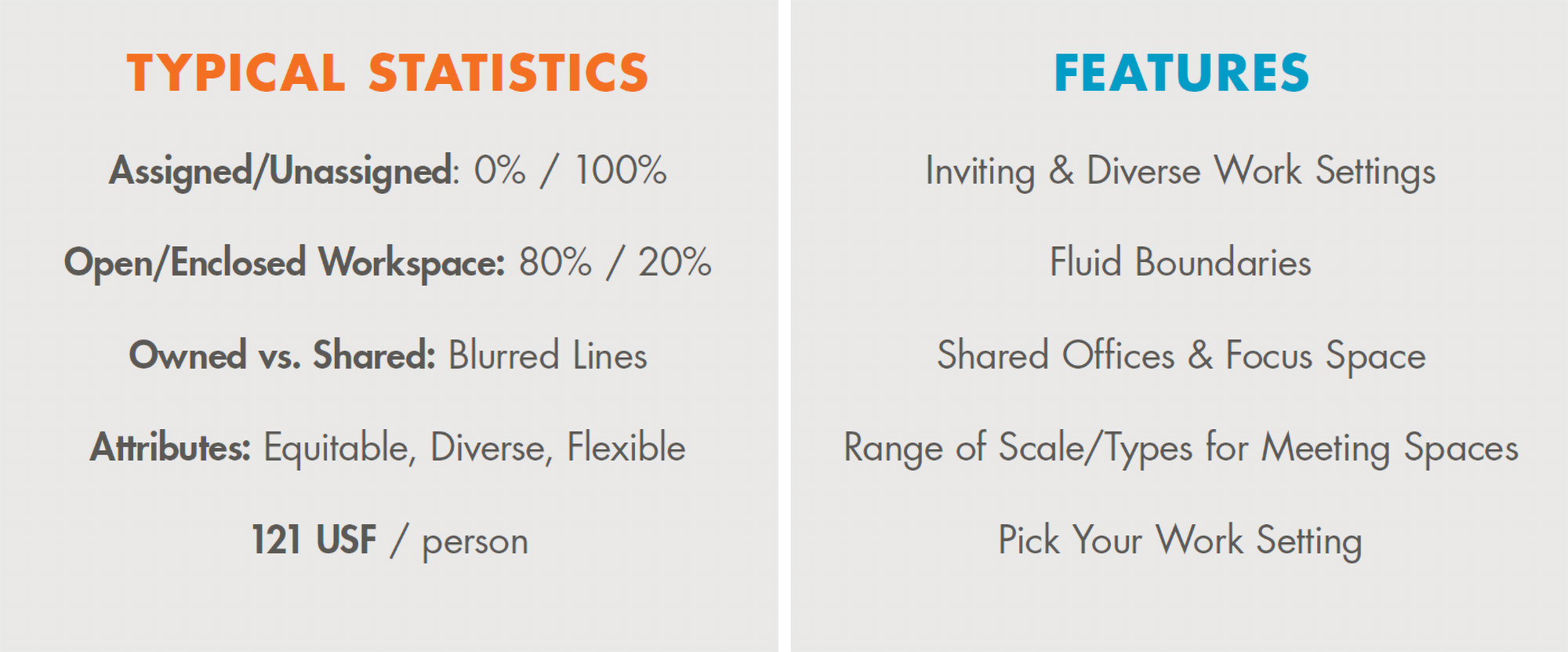
Making the Change
If you’re considering an office remodel or build and want to determine if an agile plan is the right fit for your company, consider what impactful spaces your workforce needs.
- Utilize surveys to collect staff feedback and understand the needs for all employees
- Conduct space utilization reviews to observe how the space is used. What is under-utilized? What gets the most use?
- Host a town hall to get all staff buy in, provide an open forum and engage the team.
Interested in learning more? Check out our featured workplace projects to see how other companies have chosen to maximize their workspaces and position themselves for success.
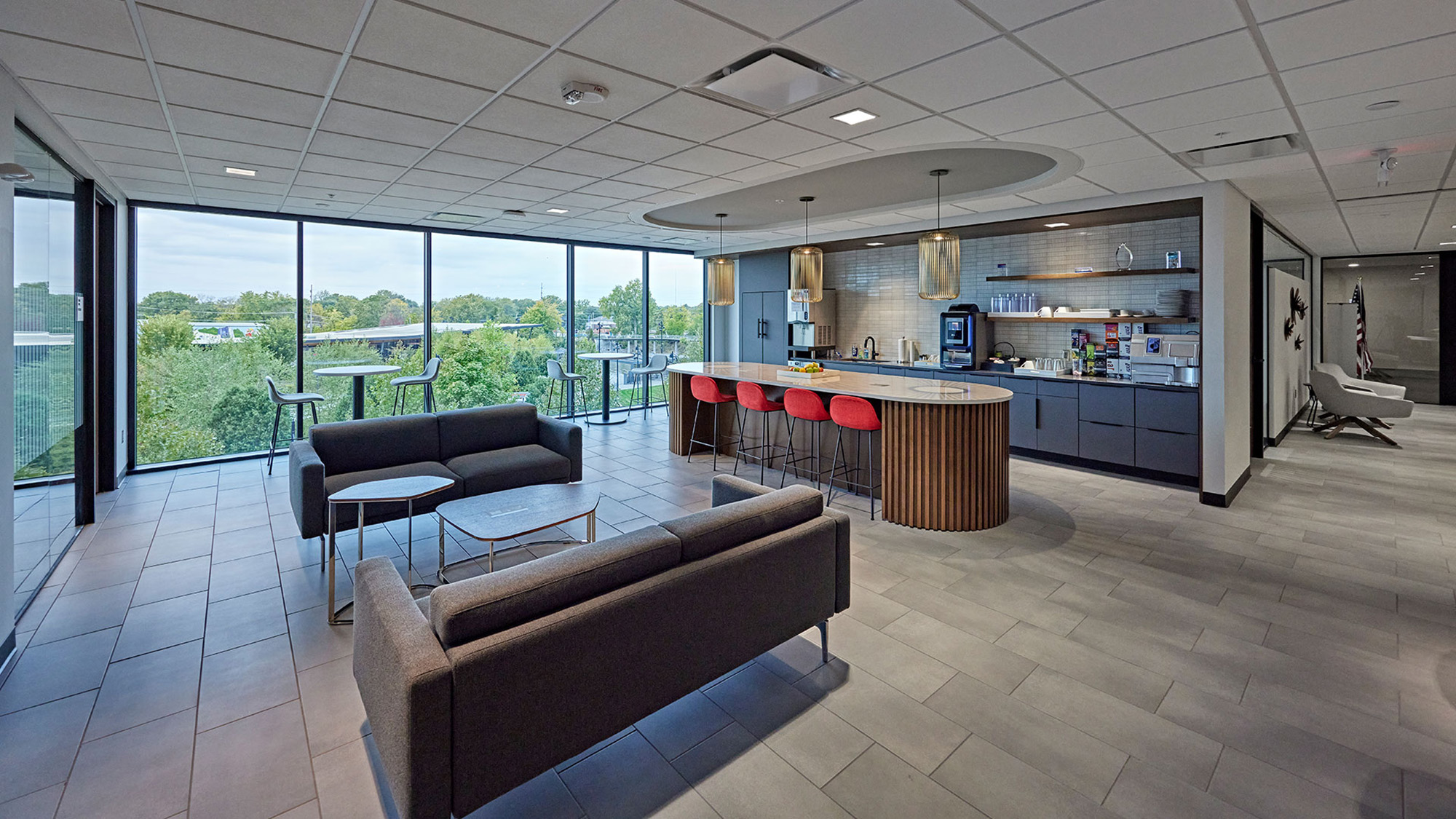
More from Author
Design Collaborative | Oct 14, 2024
Higher education design for the first-gen college student
In this Design Collaborative blog, Yogen Solanki, Assoc. AIA, shares how architecture and design can help higher education institutions address some of the challenges faced by first-generation students.
Design Collaborative | Aug 5, 2024
Mastering the art of project schedule: Expert insights on design and construction
We sat down with two experts in the design field, Ron Dick (Founding Partner and Architect) and Mike Niezer (COO and Architect), to talk about everything you need to know about the entire process.
Design Collaborative | Jul 1, 2024
Mastering office layouts: 5 primary models for maximum efficiency and productivity
When laying out an office, there are many factors to consider. It’s important to maximize the space, but it’s equally important to make sure the design allows employees to work efficiently.
Design Collaborative | Jun 3, 2024
Escalation: Predicting project costs in a volatile market
Thad Berkes, Chief Cost Estimator, Design Collaborative, shares that one of the major hurdles that Design Collaborative attempts to forecast for its commercial construction projects is escalation.
Design Collaborative | Mar 4, 2024
Illuminating your path to energy efficiency
Design Collaborative's Kelsey Rowe, PE, CLD, shares some tools, resources, and next steps to guide you through the process of lighting design.
Design Collaborative | Feb 1, 2024
Prioritizing water quality with the WELL Building Standard
In this edition of Building WELLness, DC WELL Accredited Professionals Hannah Arthur and Alex Kircher highlight an important item of the WELL Building Standard: water.
Design Collaborative | Jan 19, 2024
How to strengthen office design as employees return to work
Adam James, AIA, Senior Architect, Design Collaborative, shares office design tips for the increasingly dynamic workplace.
Design Collaborative | Dec 12, 2023
Transforming workplaces for employee mental health
Lauren Elliott, Director of Interior Design, Design Collaborative, shares practical tips and strategies for workplace renovation that prioritizes employee mental health.
Design Collaborative | Nov 2, 2023
3 fundamental steps to crafting the ideal branch
Jared Monce, AIA, Architect, Design Collaborative, shares three guidelines when designing branches for financial institutions.
Design Collaborative | Oct 9, 2023
Design solutions for mental health as a secondary diagnosis
Rachel Vedder, RA, LEED AP, Senior Architect, Design Collaborative, shares two design solutions for hospitals treating behavioral health patients.





